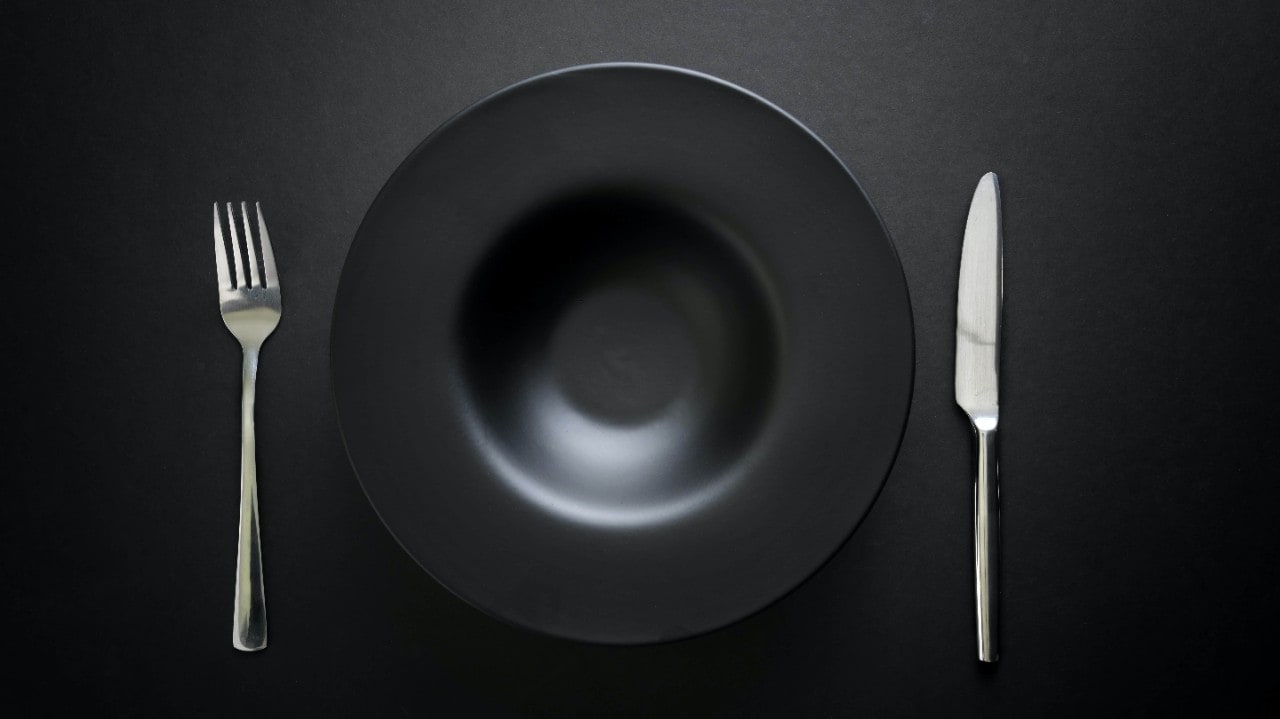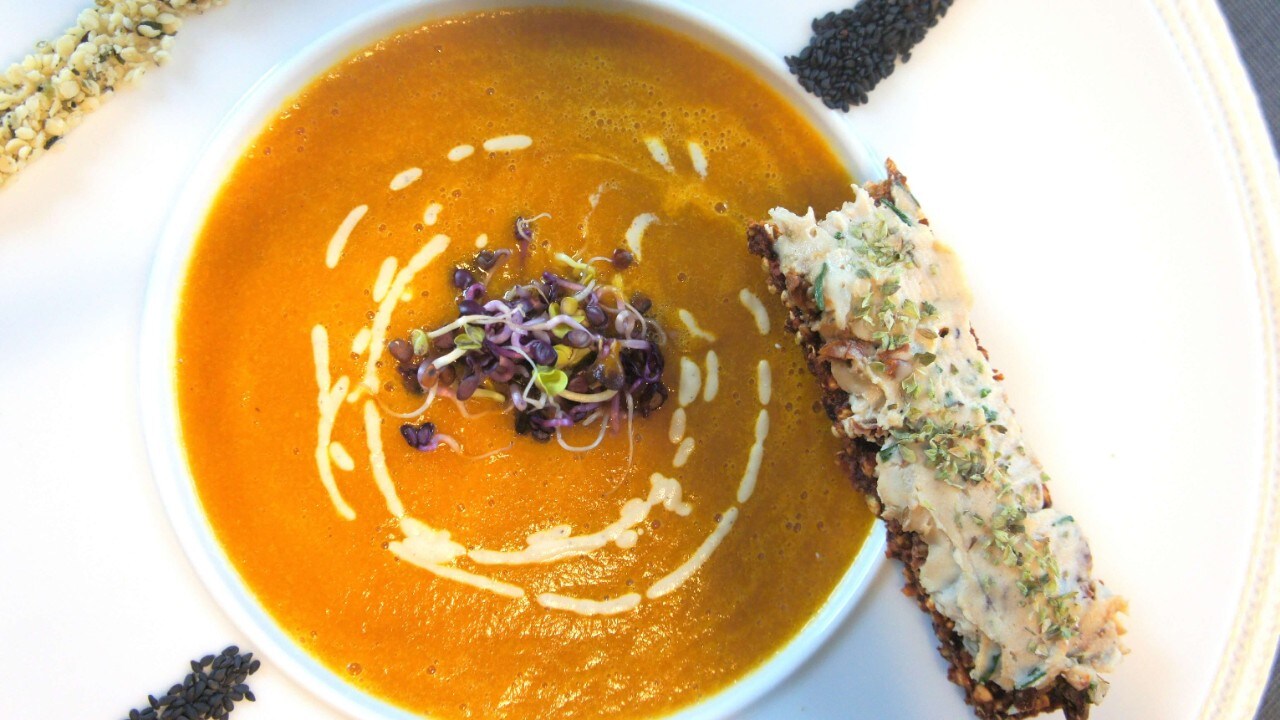Tip #1: Create a framework
Start with drawings and sketches to visualize the plate. Find inspiration from a picture or object. Assemble a “practice plate” to work on executing your vision. It’s always good to start conceptualizing your plating and presentation ideas before doing the actual plating. Here are a few tips to get you started:
- Start with actual drawings before experimenting with real food on a plate.
- Sketch out your presentation to help you visualize the final plate.
- Keep up to date with the latest plating trends by reading food magazines.

Tip #2: Keep it simple
Select one ingredient to focus on and leave enough space to keep the presentation simple. Clutter distracts from the main elements of your dish and might make it confusing for the diners to figure out what to focus on. An overcrowded plate is never pretty, so make sure there are appropriate spaces in between your plating elements.
Tip #3: Balance the dish
Plating shouldn’t be seen as just decoration; it should also taste good.
- Experiment with flavors and textures that have stark contrasts yet go well together.
- Sauces are better served on the sides than directly on the food so that the dish doesn't get soggy.
- Play with colors and shapes and try combining them – round shapes, cones, rods, etc.
- A mix of textures creates an exciting variety of mouthfeels too!
- Balance can also be created by separating. Try serving different parts of the dish in separate plates to create a visual and flavor balance.
- Keep function and flavor in mind when creating balance. The presentation should never overpower flavor and function. Having too many unnecessary ingredients can clutter a dish. The normal rule of thumb for components is to have a hot element, a cold element, an element of texture, something crunchy, something soft. This just keeps your palette amused.

Tip #4: Get the right portion size
Ensure that there is the right amount of ingredients and that the plate complements the dish – not too big or small. Strike the right proportion of protein, carbohydrates and vegetables to create a nutritionally balanced meal. The image below shows a classical plating technique that uses the three basic food items of starch, vegetables and main in a specific arrangement. A simple guide to a classical plating is to think of the plate as the face of a clock. Using the clock analogy, this is how you should arrange individual food items:
- Main: Between 3 to 9 o’clock
- Starch: Between 9 to 11 o’clock
- Vegetables: Between 11 to 3 o’clock

Tip #5: Highlight the key ingredient
When plating, always highlight the key ingredient. Nobody wants to order a steak and find the plate crowded with sides and the beef hidden. Ensure the main ingredient stands out, but pay equal attention to other elements on the plate, such as garnishes, sauces and even the plate itself. Here are a couple of notes to help you put the main ingredient in the spotlight:
- Balance the portion size of the 3 elements of the plate.
- Make sure the main ingredient stands out among the 3 elements and not the other way around.
Tip #6: Color is King!
This plays a significant role. Choose a color that will complement your dish. Although white dish ware is popular as it provides high contrast for colorful creations, blue, black, red, and yellow plates can look spectacular when paired with the right food. In this digital era, food is easily an experience most people want to capture and share on social media. Give them something to remember by providing colorful food arrangements that can instantly elevate even the most mundane ingredients in the food that you are serving. One tip is to make sure there is proper color balance and that green is the first thing your guests see; it is the color that pops out to most people when it comes to food.

Tip #7: Create with sauces
How are you going to serve your sauce? Aside from creating an additional layer of flavor and depth, sauces are also used for decorative purposes. They act as a visual element that ties all the other elements together. Here are a few tips on incorporating sauces to your plate:
- Lightly pour or drizzle on the plate, over or underneath the dish.
- Create dots on the side of the plate or as a feature on one side of the plate.
- Draw lines that run through the different elements of the dish to unify them visually.
The trick here is to think of your spoon or squeeze bottle as a paintbrush and apply your sauce artfully. Think dots or lines to unify different elements of the plate. Or, serve your sauce on the side in an attractive jug.

Tip #8: Use the right equipment
Another thing take into consideration is the equipment. What equipment have you got to work with? Here are the common tools used for cutting, moulding and shaping
- Pastry bag – Different tips for different decorations for icings, creams and butter mixtures.
- Metal spatula – To mould icings and sauces.
- Peeling knife – To peel, trim and clean produce. Also used to make decorative cuts.
- Fluted knife – To make wavy decorative cuts.
- Vegetable peeler – To peel and core produce.
- Melon baller – To scoop out balls or half balls from melons, carrots, cucumber, pumpkin and butter.
- Round cutters – To make circular decorative cuts.
- Egg slicer – To divide the eggs.
Tip #9: Check your Resources
How many times are you going to plate this in a service? How long have you got to plate it? Who is plating it? These are all things that you must take into consideration when you’re coming up with your dish. At the end of the day, it’s not the head chef that plates up the final dish. They inspect it, but it is often the junior chefs and the more senior guys in the kitchen that end up plating the food. So, it really has to be something that you can put down and can be replicated at high speed. That creates consistency.
Tip #10: Find your Style!
Last but not least, it is important for a chef to find his own identity, his style, and what he believes in. A lot of your philosophy and your ethos goes into how you plate. For example, at Urbanologi we try and encourage healthy eating, responsible eating. We’ve all got a part to play in saving the planet, so we like to push that angle through our plating. A lot of it is root to tip, we don’t like to waste anything. You’ll see a lot of our garnishes have got quite a few deep-fried leaves, there are lots of powders, there are lots of pickles made from ends that normal restaurants would throw away. We try and keep the peels and use them in stock. These all influence how the plate looks because we have to use the whole vegetable or the whole animal, for example. You need to find a way to put that on the plate and keep it aesthetically pleasing.
